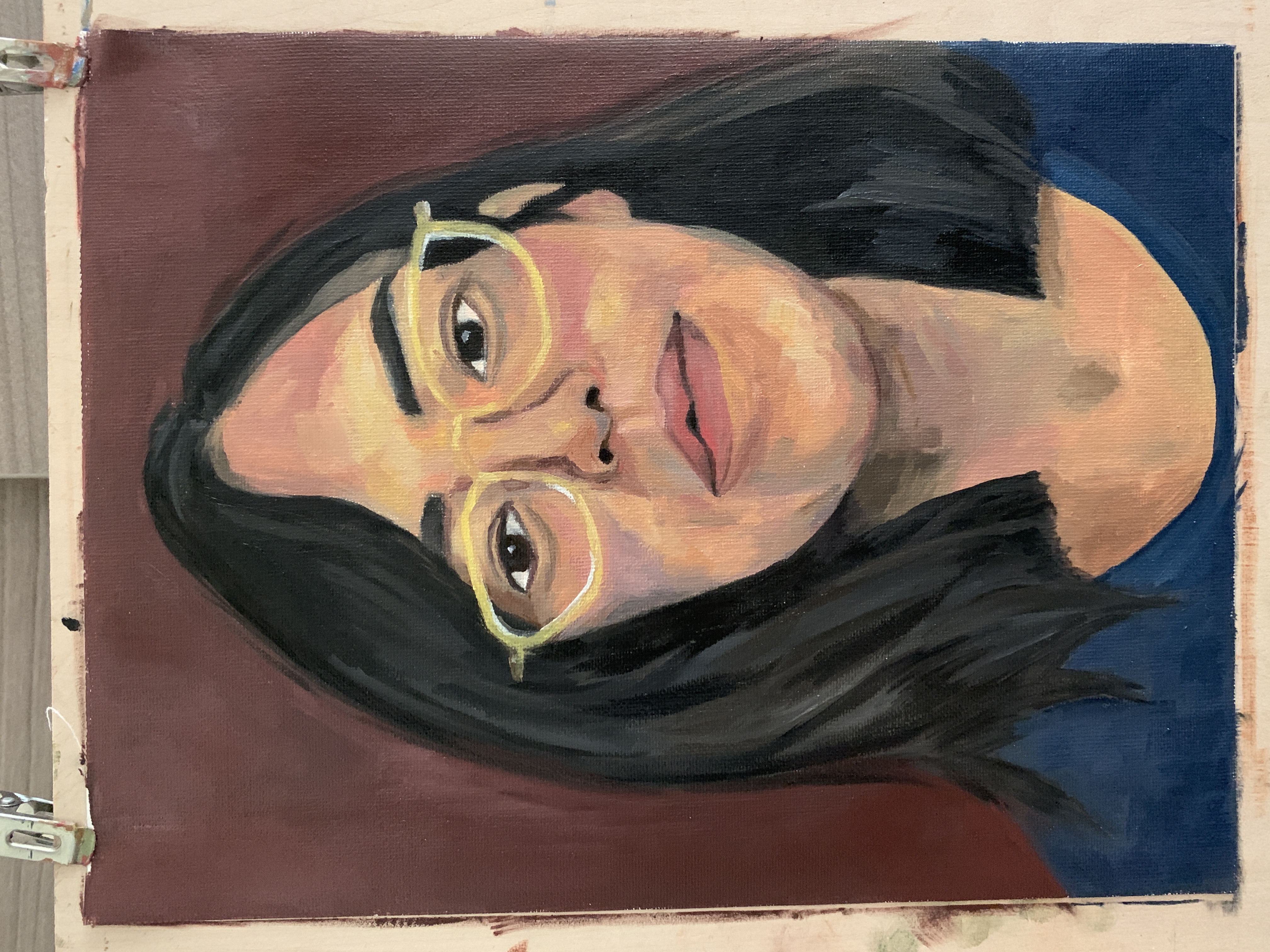The Fable of Arachne, c.1657
- Sok Han Teng
- Feb 16, 2022
- 2 min read
Updated: Dec 18, 2025
In 2019, I visited the Museo Nacional del Prado in Madrid, Spain. It was there that I encountered the works of Diego Velázquez for the first time. I didn’t go in with any particular expectations, yet I remember being quietly overwhelmed by the strength of his paintings.


Las Meninas, one of his most famous works, was on display and understandably drew a crowd. I admired it, but it was another painting—one that felt less guarded and more alive—that stayed with me.

Artist: Diego Velázquez
Date: c. 1657
Medium: Oil on canvas
Current Location: Museo del Prado, Madrid
Alternative Title: Las Hilanderas (“The Spinners”)
The Fable of Arachne, also known as The Spinners, shows women at work in a tapestry workshop at the court of King Philip IV of Spain and Portugal. Painted for Don Pedro de Arce, huntsman to the king, the scene initially appears ordinary, almost humble. Women spin, work, and move through their tasks with ease. It doesn’t announce itself as a myth. Instead, it asks the viewer to slow down and look more closely.
An art curator at the museum described the painting as belonging to Velázquez’s late style:
“The work corresponds to his late style: the technique of smudges of paint, as we see on the spinning wheel, the old woman, the idea of movement that the painting has, the use of light makes the work almost like a snapshot. This is what we would say today: a slice of life.”
Velázquez employs a sophisticated Baroque compositional strategy by presenting two narrative moments within a single painting. In the foreground, we see a realistic depiction of women engaged in physical labour, their movements casual and unposed. In the background, the scene shifts subtly into myth, where the confrontation between Arachne and Athena takes place. The viewer’s eye is guided naturally from the tangible world of work toward the dramatic revelation beyond, moving from realism to mythology without a clear boundary between the two.
Light plays a subtle but important role. There is a softness to it, a restraint that separates the everyday from the myth without fully dividing them. The space feels deep and breathable, and the brushwork—especially in the foreground—is loose, expressive, and surprisingly modern. The spinning wheel struck me the most. It doesn’t feel painted to be admired; it feels painted to move. I could almost hear it whirring.
Despite its less polished surface, I found The Fable of Arachne more cinematic and emotionally present than Las Meninas. There is a sense of immediacy, as though Velázquez wasn’t trying to impress but to observe. It feels honest, unfiltered, and alive.
As an artist, Velázquez was able to effectively combine classical and Renaissance artistic traditions with a direct confrontation with reality, resulting in a highly original and unique style. This blending of the otherworldly with the mundane is a hallmark of Velázquez's brand of realism.



Comments